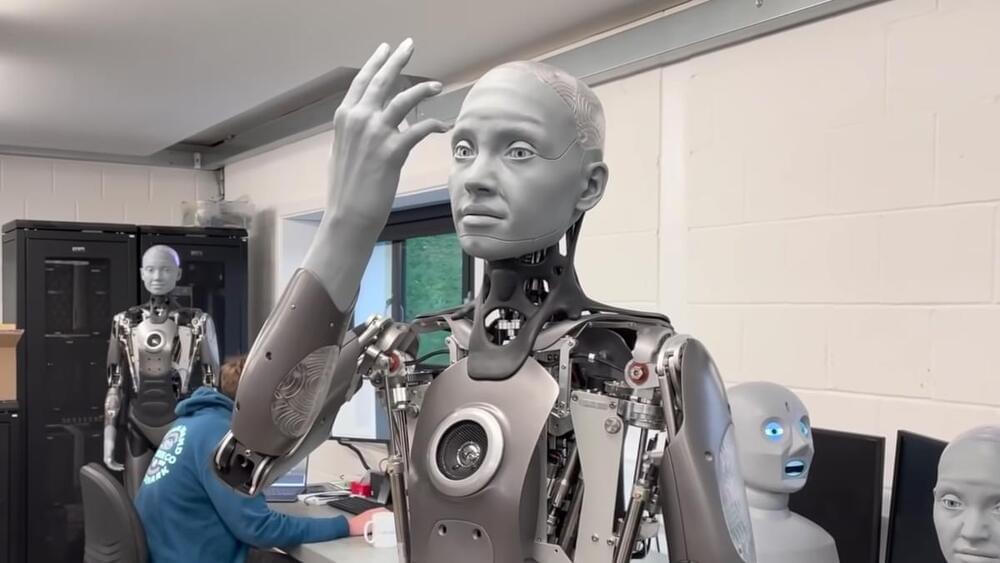Help us turn December BLUE… register here for the space party:
www.f4f.space/bluemarblenight.
F4F is launching Blue Marble Night as a new spacer holiday, commemorating the Blue Marble photo taken by Apollo 17 on 7 December, 1972.
Help us turn December BLUE… register here for the space party:
www.f4f.space/bluemarblenight.
F4F is launching Blue Marble Night as a new spacer holiday, commemorating the Blue Marble photo taken by Apollo 17 on 7 December, 1972.
OAKLAND/LOS ANGELES, Calif., Dec 2 – Andy Chanley, the afternoon drive host at Southern California’s public radio station 88.5 KCSN, has been a radio DJ for over 32 years. And now, thanks to artificial intelligence technology, his voice will live on simultaneously in many places.
“I may be a robot, but I still love to rock,” says the robot DJ named ANDY, derived from Artificial Neural Disk-JockeY, in Chanley’s voice, during a demonstration for Reuters where the voice was hard to distinguish from a human DJ.
Our phones, speakers and rice cookers have been talking to us for years, but their voices have been robotic. Seattle-based AI startup WellSaid Labs says it has finessed the technology to create over 50 real human voice avatars like ANDY so far, where the producer just needs to type in text to create the narration.
Advancing our understanding of the human brain will require new insights into how neural circuitry works in mammals, including laboratory mice. These investigations require monitoring brain activity with a microscope that provides resolution high enough to see individual neurons and their neighbors.
Two-photon fluorescence microscopy has significantly enhanced researchers’ ability to do just that, and the lab of Spencer LaVere Smith, an associate professor in the Department of Electrical and Computer Engineering at UC Santa Barbara, is a hotbed of research for advancing the technology. As principal investigator on the five-year, $9 million NSF-funded Next Generation Multiphoton Neuroimaging Consortium (Nemonic) hub, which was born of President Obama’s BRAIN Initiative and is headquartered at UCSB, Smith is working to “push the frontiers of multi-photon microscopy for neuroscience research.”
In the Nov. 17 issue of Nature Communications, Smith and his co-authors report the development of a new microscope they describe as “Dual Independent Enhanced Scan Engines for Large Field-of-view Two-Photon imaging (Diesel2p).” Their two-photon microscope provides unprecedented brain-imaging ability. The device has the largest field of view (up to 25 square millimeters) of any such instrument, allowing it to provide subcellular resolution of multiple areas of the brain.
Researchers at Microsoft have developed a faster way to write data into DNA — a biological alternative to the bits on a hard drive.
Quantum computer and many other quantum technologies rely on the generation of quantum-entangled pairs of electrons. However, the systems developed so far typically produce a noisy and random flow of entangled electrons, which hinders synchronized operations on the entangled particles. Now, researchers from Aalto University in Finland propose a way to produce a regular flow of spin-entangled electrons.
Their solution is based on a dynamically driven Cooper pair splitter. In a Cooper pair splitter, two quantum dots near a superconductor are used to generate and separate a pair of entangled electrons known as a Cooper pair. When the Cooper pair splitter is driven with a static voltage, the result is a random and noisy process.
A theoretical analysis by the Aalto team showed that driving the system dynamically with external gate voltages makes it possible to control the timing of the splitting process. As a result, exactly one pair of entangled electrons can be extracted during each splitting cycle, leading to a completely noiseless and regular flow of spin-entangled electrons.
Records continue to tumble in South Australia, with solar reaching 110 pct of local demand, and wind and solar meeting an average 100pct of demand over 93 hours.
The records for wind and solar output and market share keep falling. On Monday, we reported how wind and solar peaked at a record share of 135 per cent of South Australia state demand on Saturday, and averaged more than 100 per cent of local demand over a 72 hour period.
It turns out we only just scratched the surface of the new records being posted in that state and elsewhere in Australia’s main grid over the last few days.
Continue reading “Solar reaches 110 per cent of South Australia demand as more records tumble” »
However, the $799 product can still run PC games, thanks to the integrated graphics on the CPU.

Face is pretty impressive, and not CGI as far as i know. The BIG challenge in robotics remains building robotic hands that can match human level hands.
Ameca, a new humanoid robot from a company in the UK, has taken the internet by storm with its ultra-realistic movements and expressions.
Car owners can save hundreds of dollars by letting utilities decide when to charge their car.
The development of therapies that are capable of safely achieving sizeable and sustained body weight loss has proved tremendously challenging. Here, Müller et al. provide an overview of the history of anti-obesity drug development, focusing on lessons learned, ongoing challenges and recent advances in the field.
